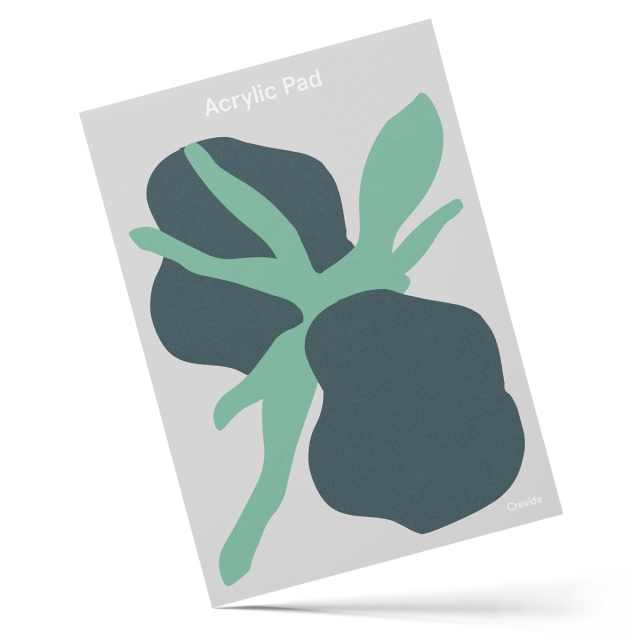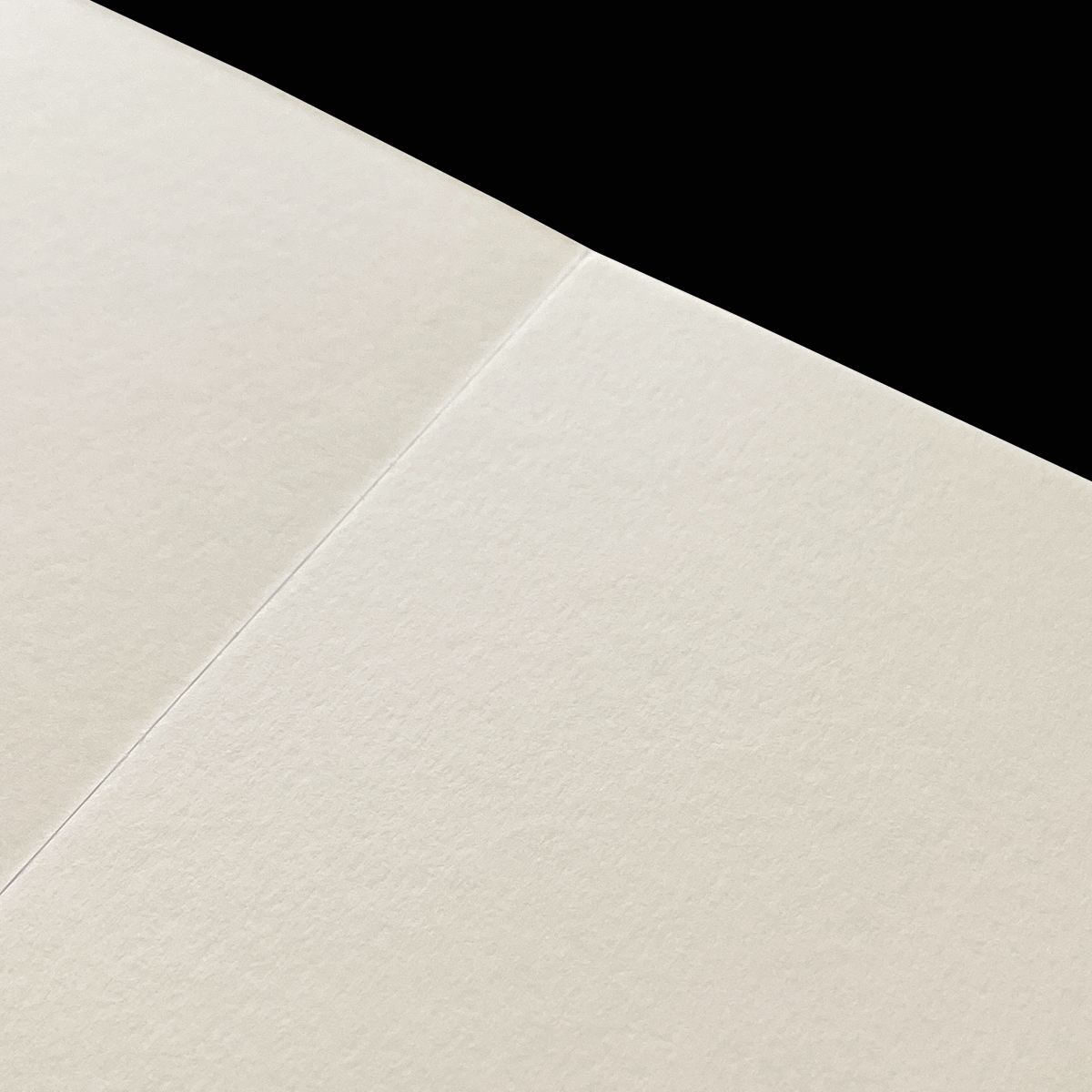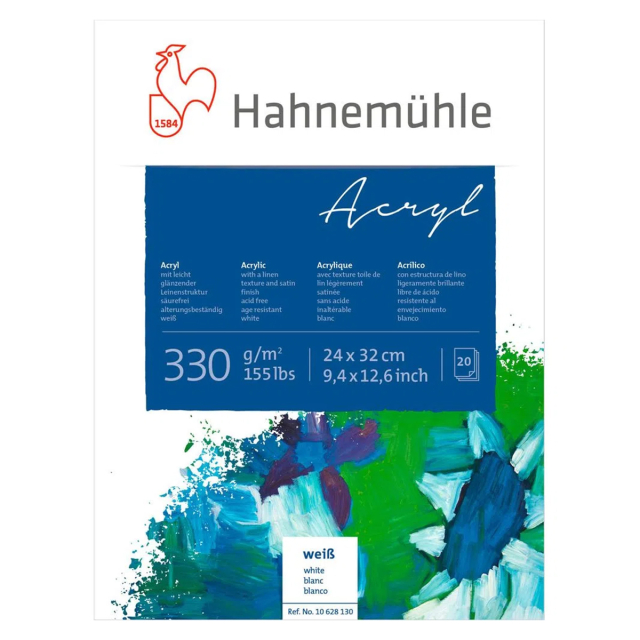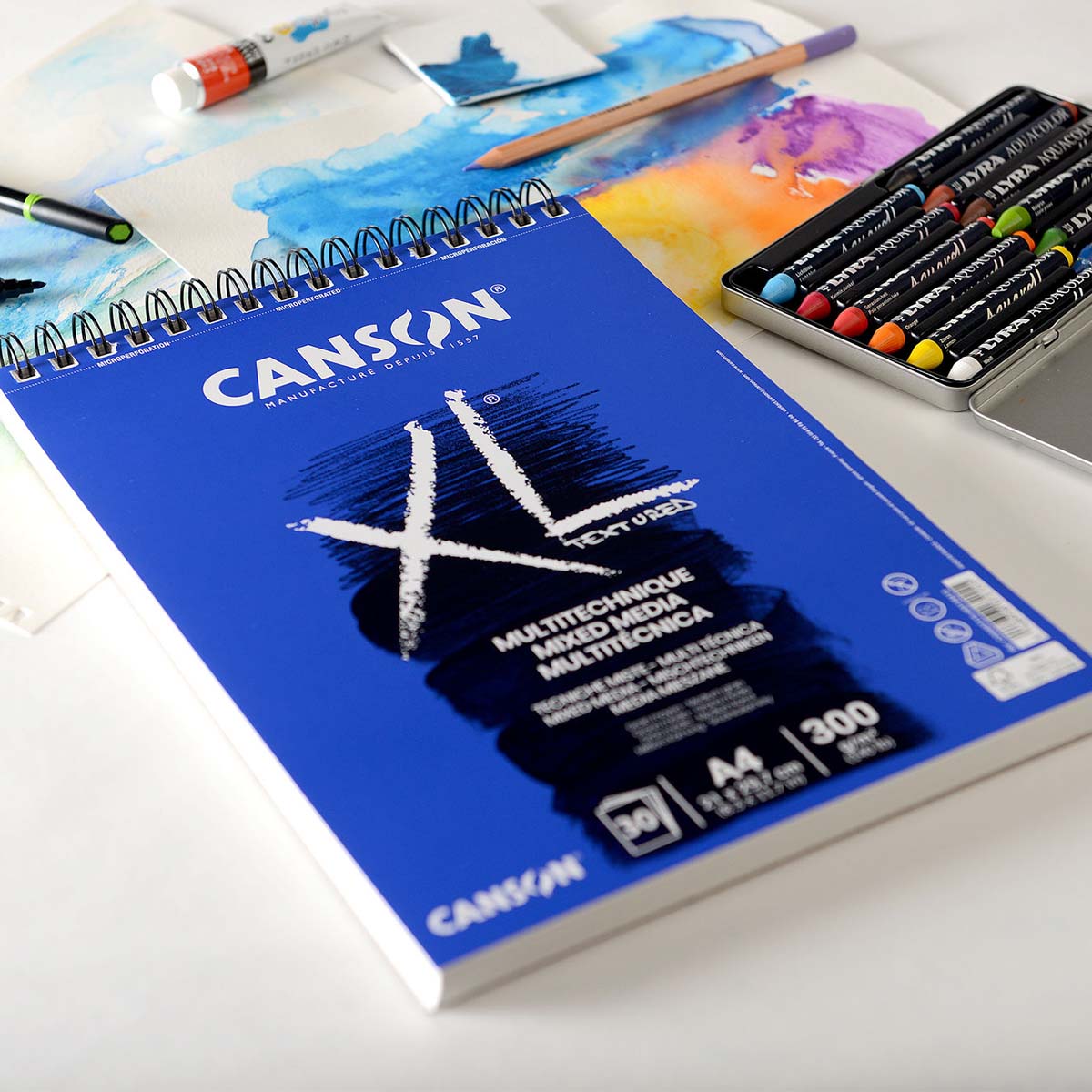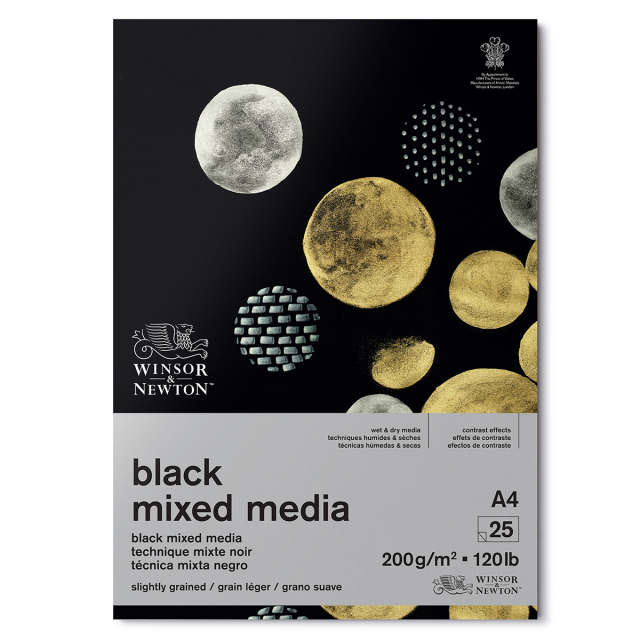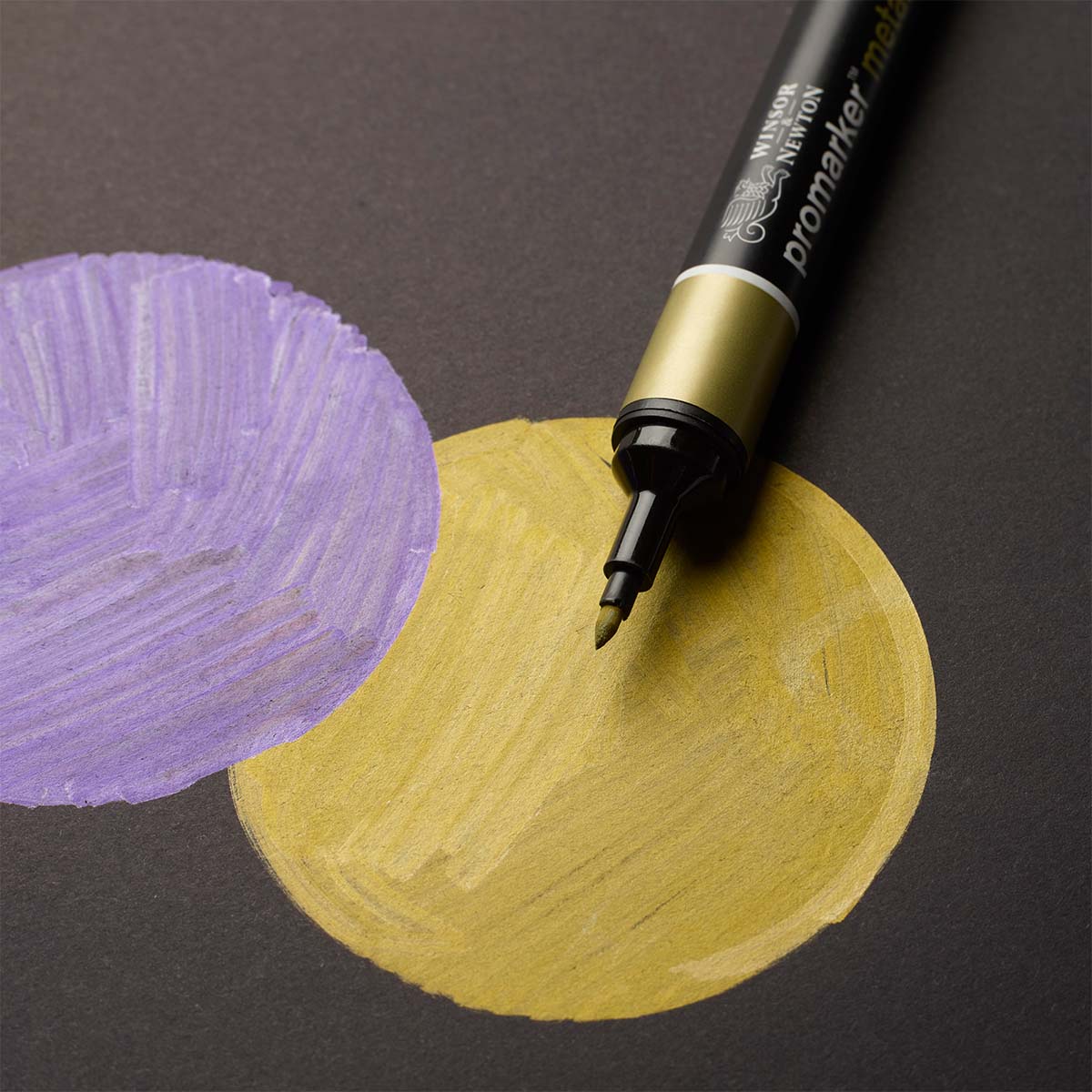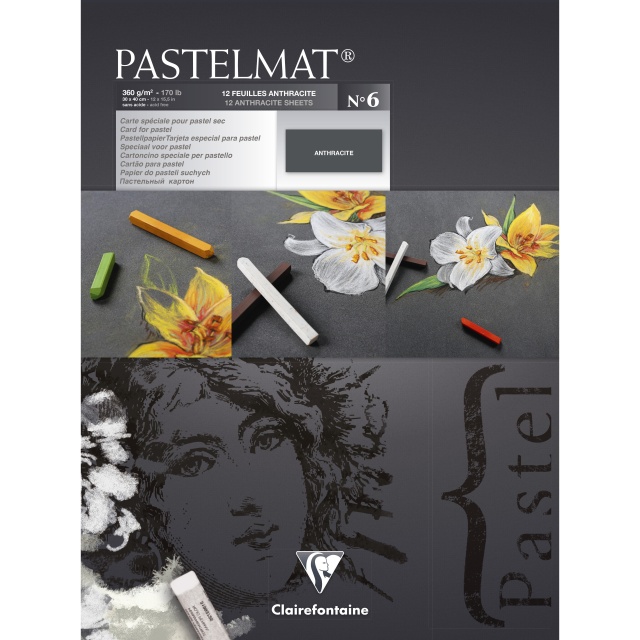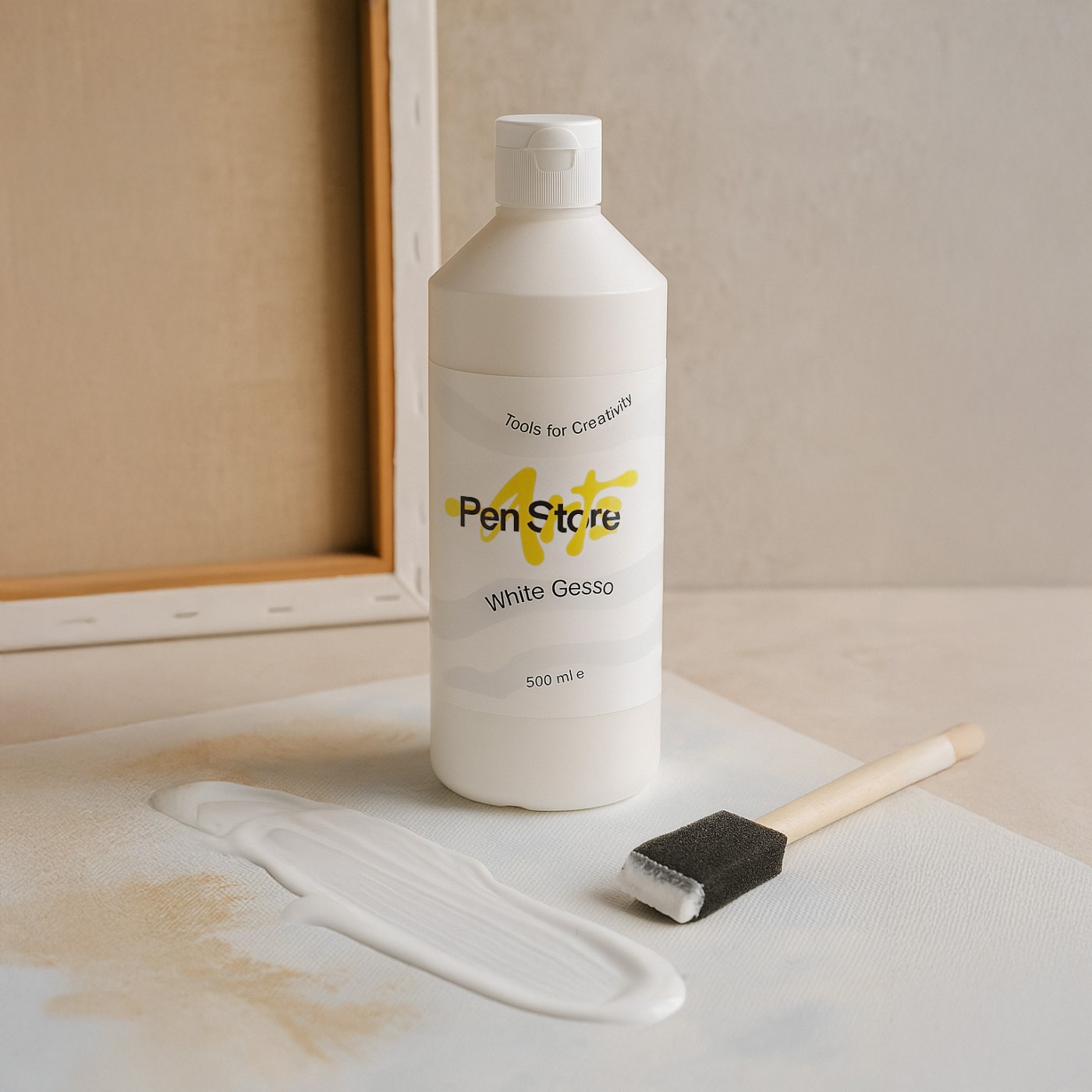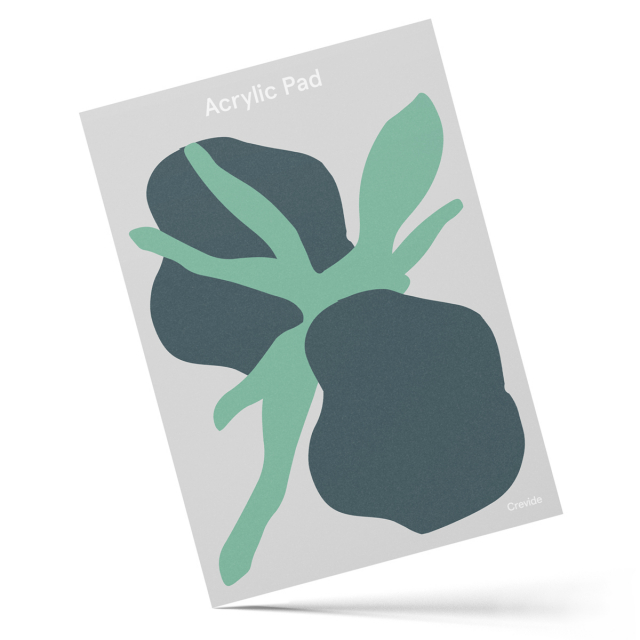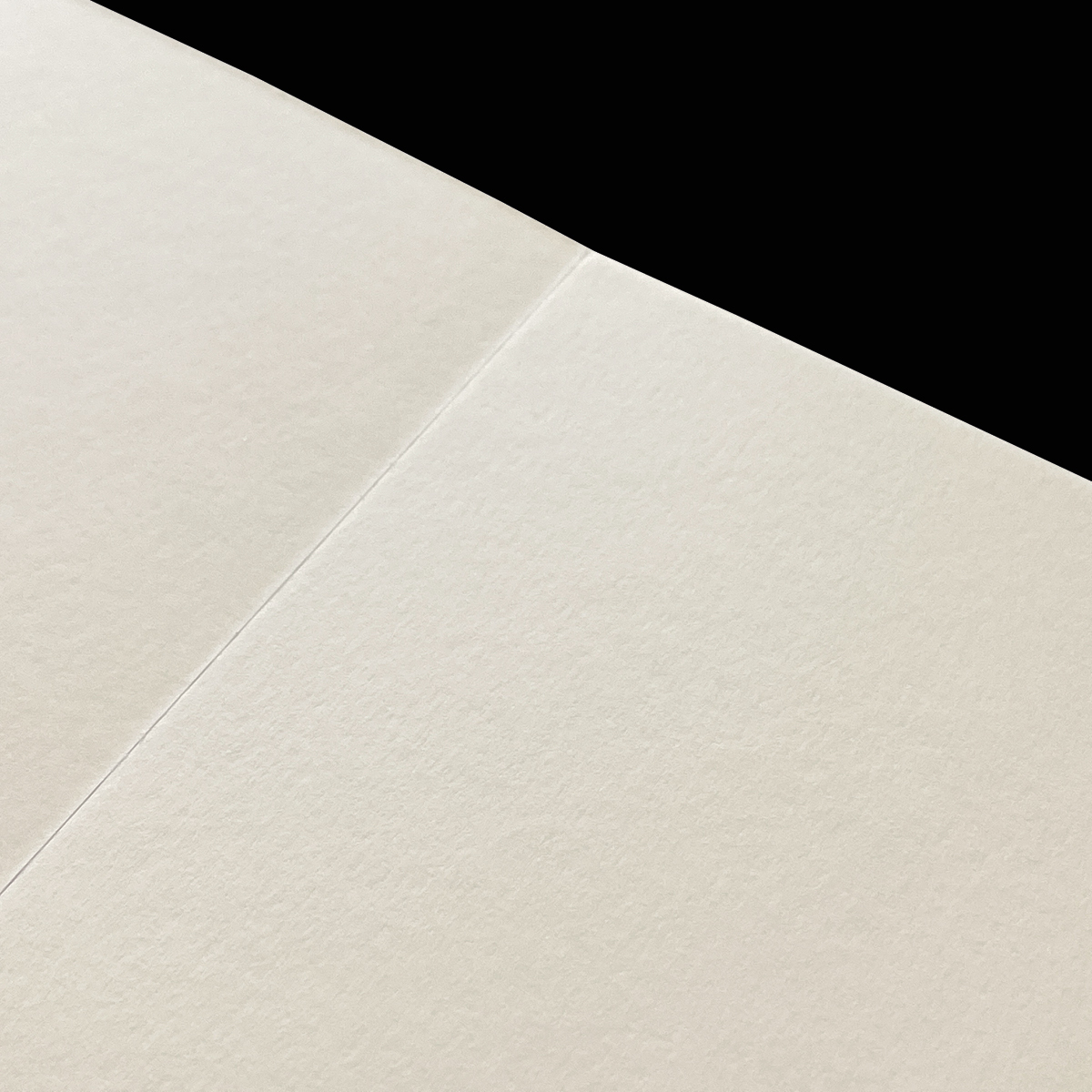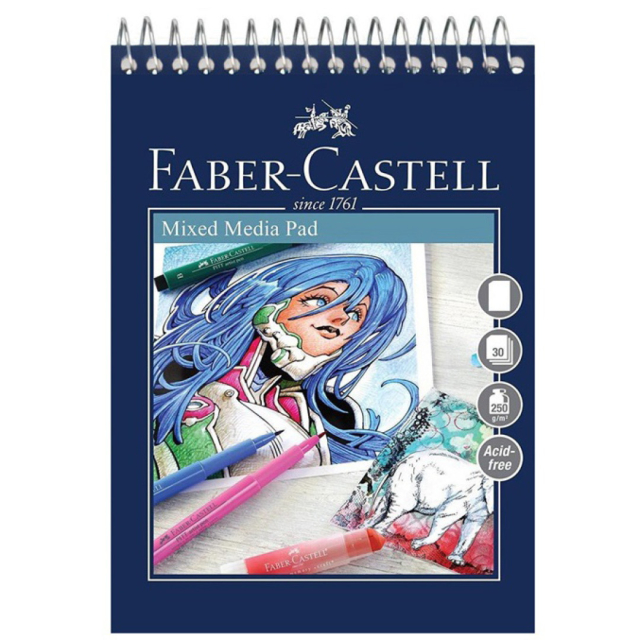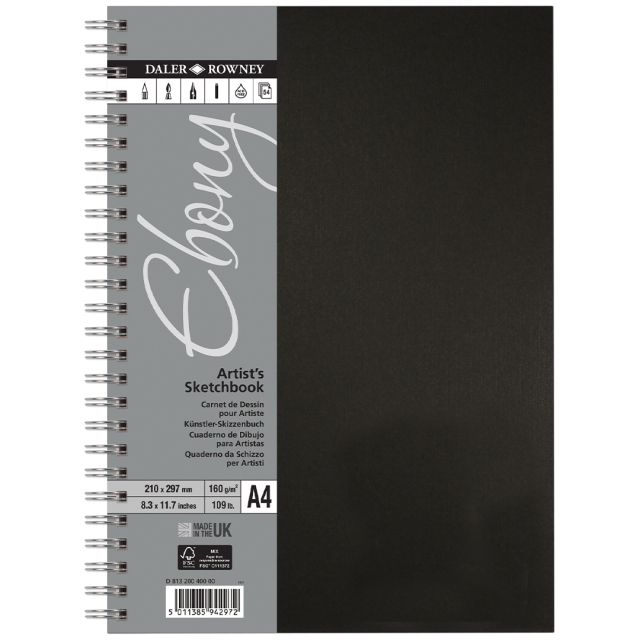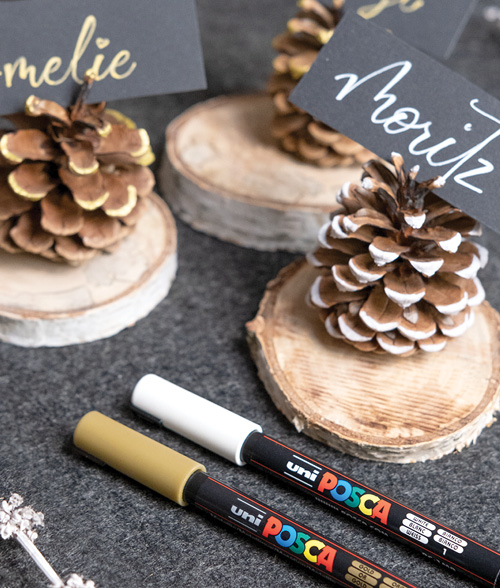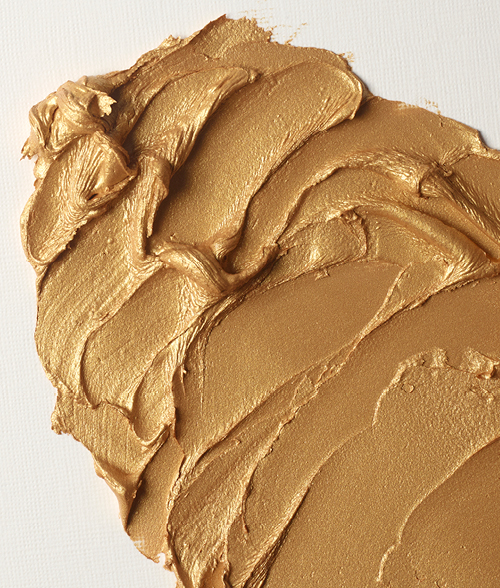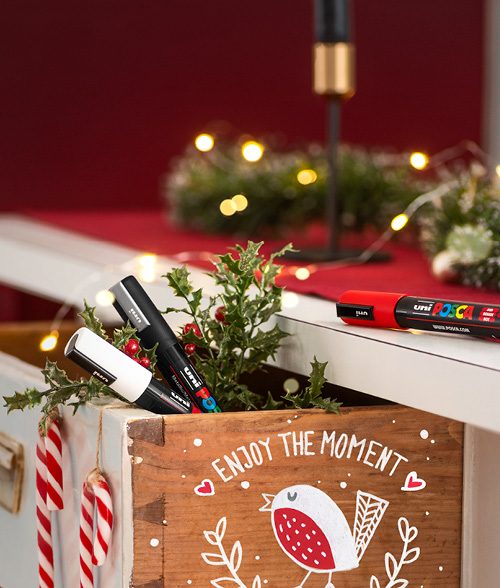What qualities should good acrylic paper have? It should, of course, withstand several layers of paint without warping, work well with water-based paints, and have a surface that provides good adhesion. But what is considered “best” also depends on how and what you paint. In this article, we answer the most common questions that come up when buying acrylic paper and share our top buying tips.
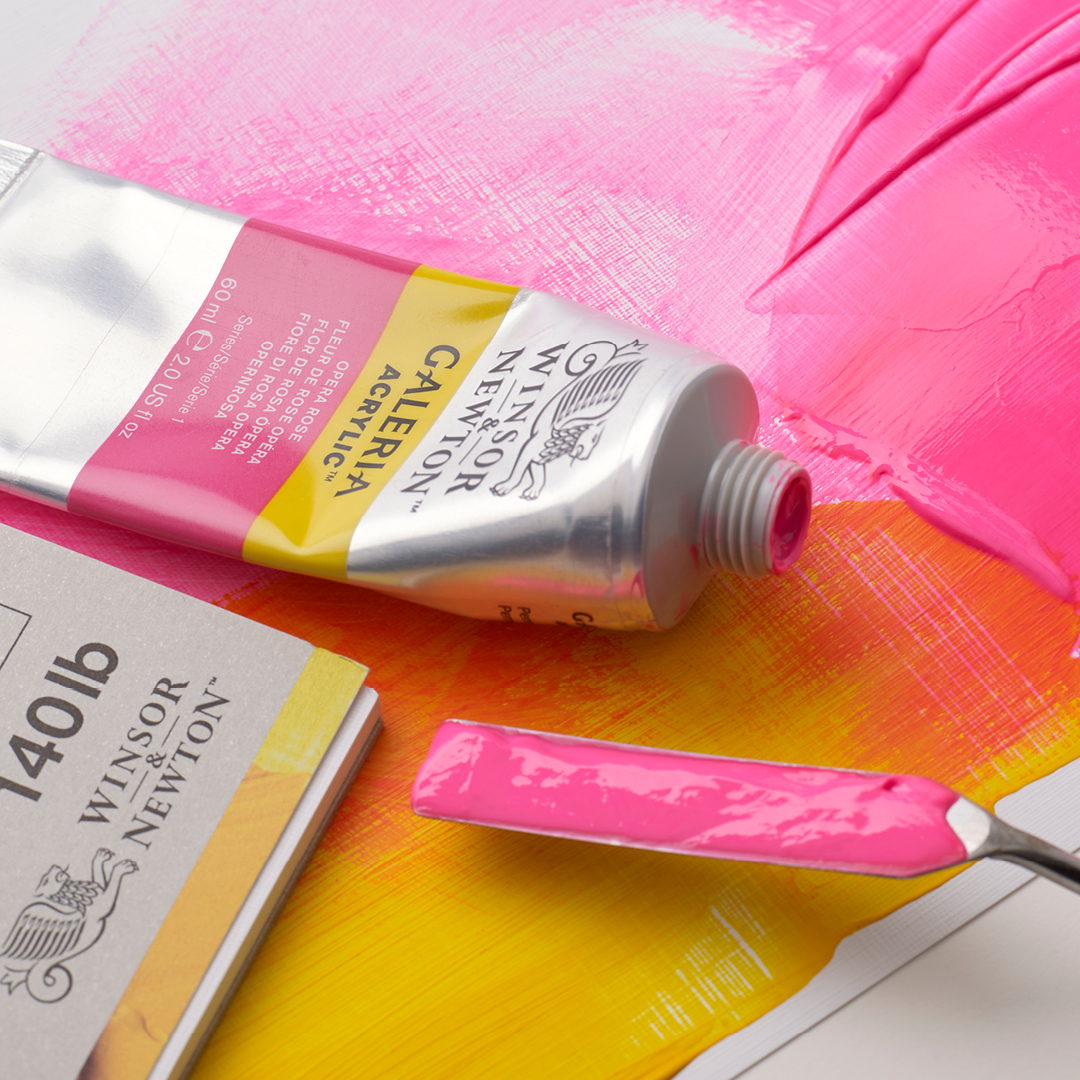
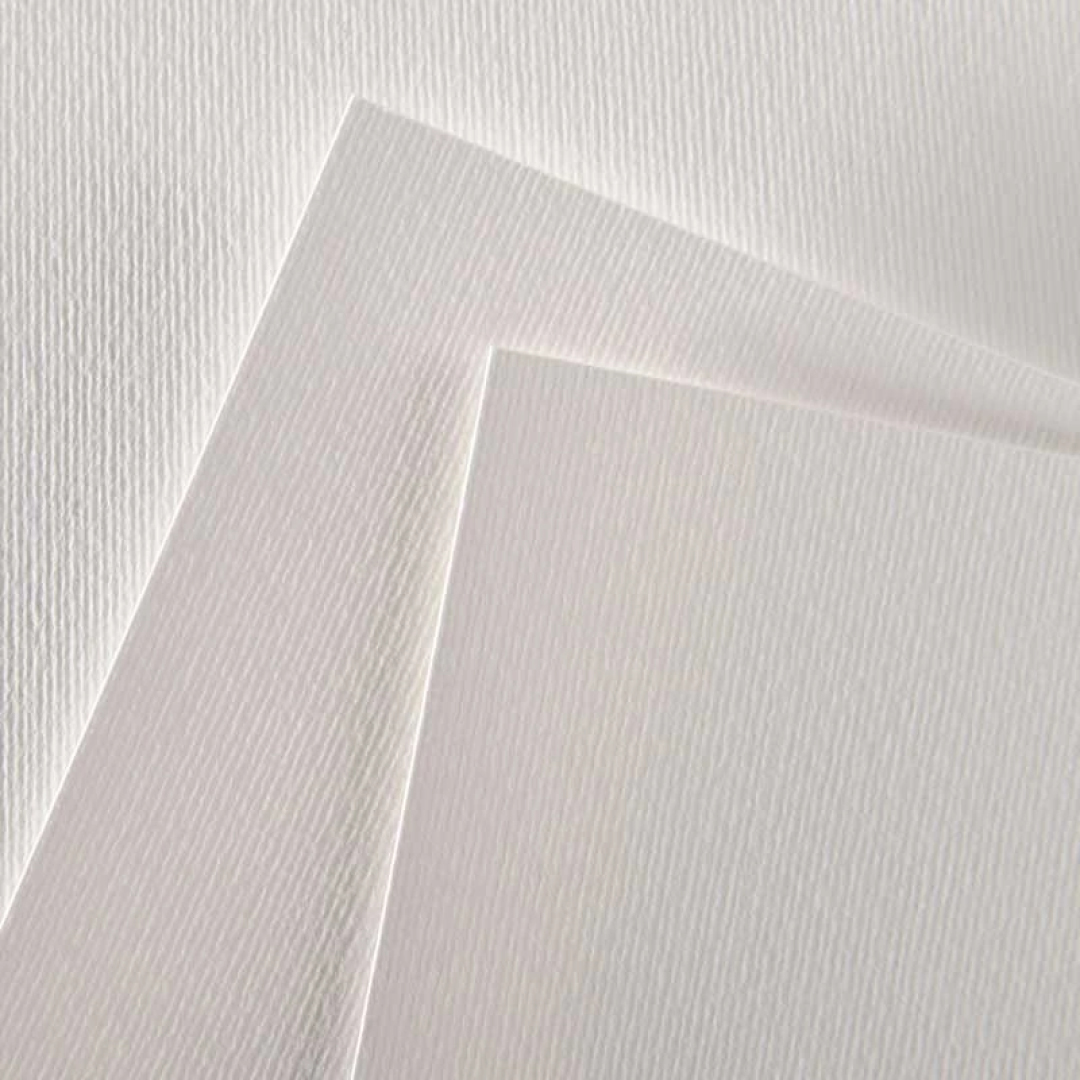
What weight should my acrylic paper have?
The weight (g/m²) indicates how much a sheet of paper weighs per square metre: the higher the number, the thicker and sturdier the paper. In acrylic painting, where both water and paint are often used generously, it is important to choose paper that can withstand the stress. To avoid buckling and bleed-through, you should choose paper of at least 250 g/m². Do you paint very wet? Then 300 g/m² or more may be worth investing in. A higher paper weight is common to all the acrylic papers we sell.
What surface texture should my acrylic paper have?
The surface texture of paper, also called the grain, affects both how the paint adheres and how you experience painting. Here are the most common types:
- Smooth surface:
Has a fine and even structure, perfect for details, sharp lines, and for those who like precision and control. Paint flows more easily, which works especially well for thin layers or in combination with pen. In product descriptions, a smooth surface may be referred to in different ways, such as fine or satin-like.
- Light texture:
A slightly textured surface that gives the brush a bit more grip and makes brushstrokes more visible. A good all-round choice that works for most purposes, from sketching to more refined paintings.
- Rough texture / canvas-like surface:
Imitates the feel of real canvas, but is much easier to use and more affordable than actual canvas. Here you get plenty of texture and a paper suitable for those who paint in thicker layers or want a more expressive surface.
What binding should my acrylic paper have?
There are different ways of binding artist pads, meaning how the sheets are held together. The binding determines partly how flat the paper lies while painting, but also how easy or difficult it is to tear off a sheet. There are mainly two types of binding:
- Spiral bound: Paper in the lower price range is often spiral bound, meaning the sheets are held together with a spiral along the short edge. The drawback? When tearing off a sheet, the edge may become uneven, or in the worst case small tears can occur that risk ruining your work. But! That doesn’t mean you should dismiss all spiral pads. Many quality brands perforate the short edge, making it easy to remove the sheet without damage, leaving a neat, straight edge.
- Glued: A glued pad means the sheets are held together with adhesive along one of the short edges, or sometimes around all four sides. This provides several practical benefits: you can easily remove a sheet without risking tears, the pad lies completely flat during storage, and if it is fully glued, the paper stays firmly in place while painting. Convenient, especially when working with a lot of water or multiple layers of paint.
What does it mean that the paper is acid-free?
When looking for paper, have you ever come across the term "acid-free" in a product description and wondered what it actually means? We get it. All artist-quality papers today are acid-free. This means the paper is made without chemicals that could break down the fibres over time. As a result, the paper will not yellow or crumble, which is especially important if you want your paintings to last a long time, whether stored in a portfolio or
Which types of paper are suitable for acrylic paint?
But wait, isn’t acrylic paper the best option? Not only! There are also other types of paper to choose from when painting with acrylics:
- Acrylic pads: Specially designed for acrylic paint, often with high weight and a light texture that provides good grip for the paint. These papers can handle multiple layers of paint and plenty of liquid without buckling – a safe choice for most acrylic techniques.
- Canvas pads: Paper sheets with a strong canvas texture that imitates real painting canvas. They are primed with gesso, so you can paint directly without preparation. Perfect if you want the feel of canvas in pad format, at a more manageable price.
- Mixed media pads: Versatile pads that work for several techniques: acrylics, ink, pencil and more. They often have a slightly smoother surface and somewhat lower weight than dedicated acrylic papers, so they are best for thinner layers of paint or mixed techniques. In the mixed media family you will find different types of paper, such as bristol, yupo paper and general “artist pads”.
- Watercolour paper: Do you paint with a combination of acrylics, gouache and watercolour? Then watercolour paper might be the right choice for you. It has a completely different absorbency than acrylic paper or canvas pads, and handles water really well. Think of it like this: if you use more water than paint pigment, or combine acrylics with watercolours, choose watercolour paper.

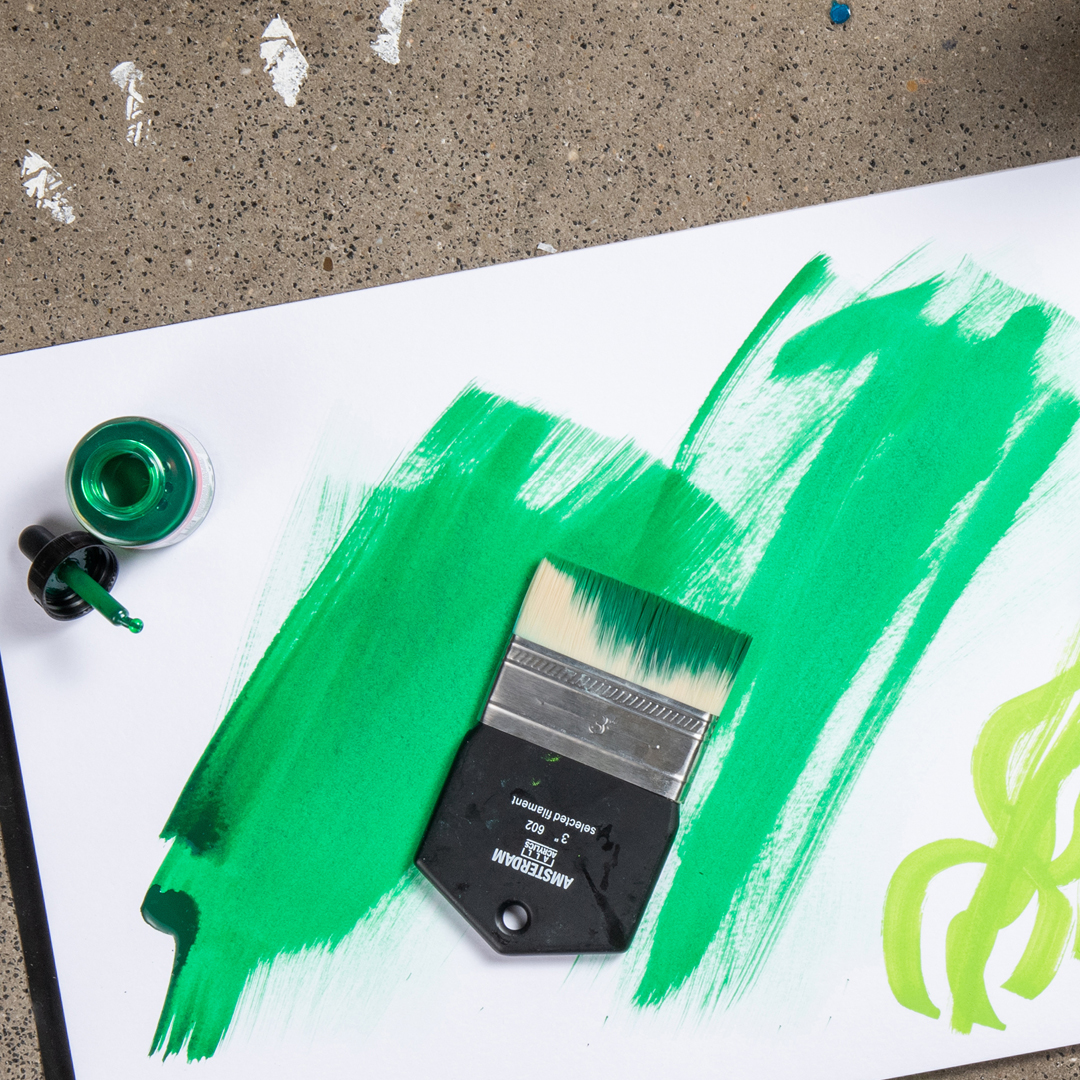
Our Top 3 Buying Tips for Acrylic Paper
- Match your choice to your technique: The weight, surface, binding or paper type that suits you depends entirely on how – and what – you paint. Using lots of water or thick paint layers? Then a heavier, fully glued paper is your friend. If your technique leans more towards watercolour, watercolour paper might be the smartest option. Love expressive brushstrokes with a rough feel? Then a canvas-like texture could be your thing. But if you’re illustrating children’s book characters with small, sharp lines and precision, a smooth paper will give you the control you need.
- Check if the paper needs priming with gesso: Some acrylic papers, especially those with a canvas texture, are already primed and ready to paint on. Others require a layer of gesso before the paint adheres properly, particularly when using an artist paper not specifically made for acrylics, such as sketchbooks or mixed media pads. Always read the product description carefully!
Shop gesso and primer → - Do you need paper for sketches and practice? Save your high-quality paper for more finished works and keep a simpler, cheaper paper for everyday experiments. When you’re testing colour combinations, motifs or mixes during the painting process, you don’t need a luxury paper.
Ready to shop?
Avoid getting lost in the product jungle. We highlight the best brands and product ranges in our buying guide below!
Top picks for acrylic paper →
 United Kingdom (GBP)
United Kingdom (GBP)
